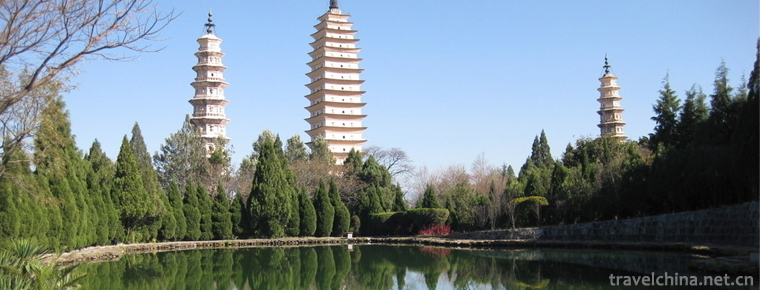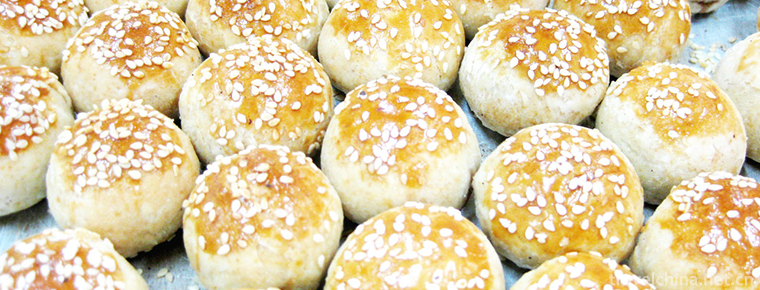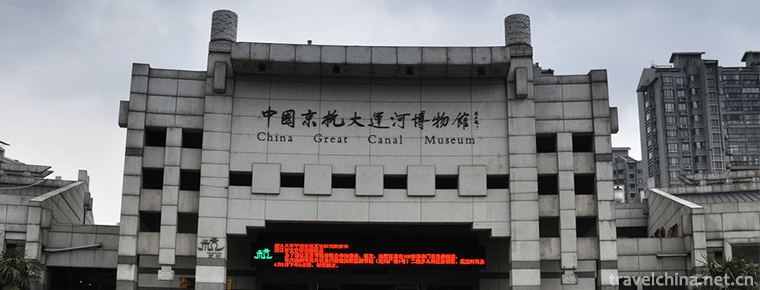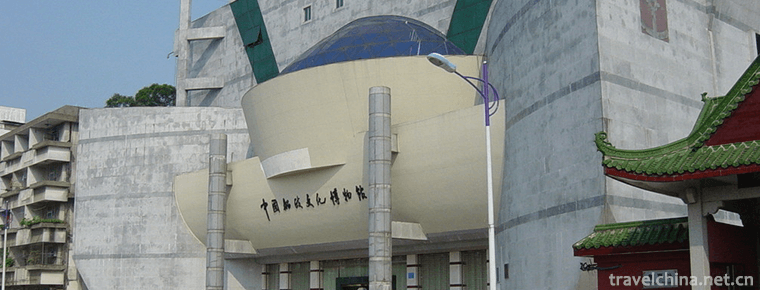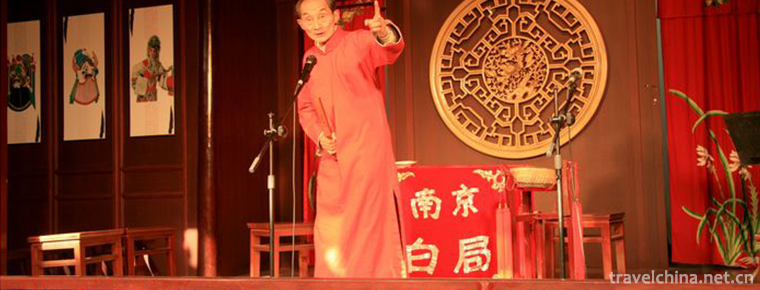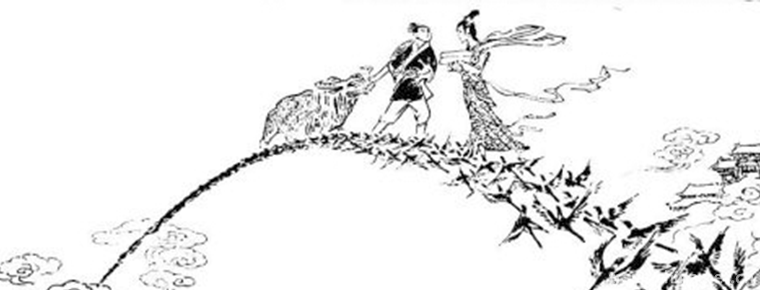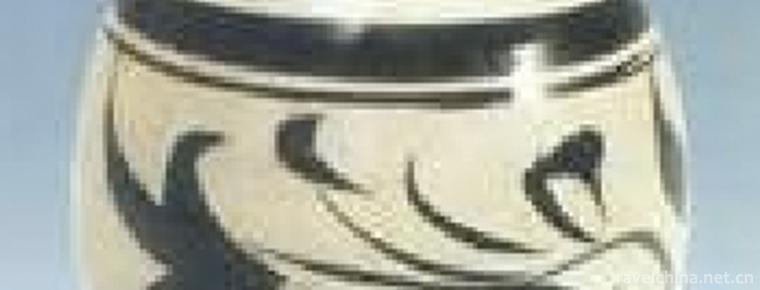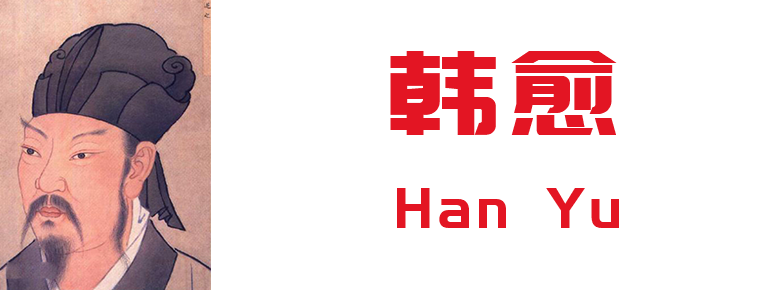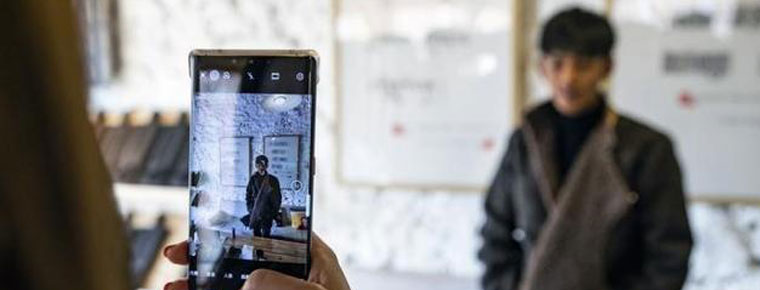Langzhong Tiangong Courtyard Fengshui Cultural Scenic Area
Langzhong Tiangong Courtyard Fengshui Cultural Scenic Area
Tiangongyuan Fengshui Cultural Scenic Area is located in Tiangong Township, southwest of Langzhong City, 29 kilometers away from the urban area, covering an area of more than 10 square kilometers. The scenic spot has a long history and abundant tourism resources. Its forest coverage rate is over 52%, and the climate is warm and pleasant. Tiangongyuan, the core scenic spot, was also listed as a provincial cultural relics protection unit in 2002, and its Tiangong village was listed as a provincial historical and cultural village in 2005. It is also a national AAAA scenic spot. It is the only Chinese traditional geomantic omen theory as the theme of cultural tourism scenic spots.
Historical culture
Founded in Tang Dynasty, it will be rebuilt in three years tomorrow. Because of the profound astronomical culture in Langzhong, astronomers Yuan Tianquan and Li Chunfeng of the Tang Dynasty settled down in their late years. They chose the place to observe the sky, wrote books and said that they were buried there after their death. The Tiangong Court was built in memory of them.
geographical environment
The Fengshui Cultural Scenic Area of Langzhong Tiangong Court is located in Tiangong Township, Langzhong City, Sichuan Province.
The scenic spot has a long history, rich tourism resources, forest coverage of more than 52%, and a pleasant climate. The scenic spot consists of Tiangong Court Ancient Architecture Complex, Tang Dynasty astronomer, Taoist geomancy master Yuan Tiangu Tomb and Li Chunfeng Tomb, Tiangong Ancient Town, Xihe Ancient Street, Xihe Tourist Area, Jiuqu Taijishui and other scenic spots. Among them, Tiangong Court, the core scenic spot, was listed as a provincial cultural relic protection unit in 2002, and Tiangong Village, where it is located, was listed as a provincial historical and cultural village in 2005.
Main attractions
Tianhou Palace Scenic Spot
Temple of heaven
Founded in the Tang Dynasty, it was abandoned in the dynasty. The existing building was rebuilt in the third year of Ming Ying Zong Tianshun (1459 A.D.) and is a provincial cultural relics protection unit. It was built in memory of the astronomers and algebraists of the Tang Dynasty, Yuan Tianquan and Li Chunfeng, masters of geomantic omen of Taoism. Legend has it that this courtyard is the best place for both Yuan and Li to "insert bronze money with gold needles". It has been used as a folk astronomical number research and pilgrimage place, as well as a folk Taoist and Buddhist courtyard. Tiangong Courtyard is built on a turtle-back-like "Shengbaogang" stone terrace, which is a holy place with the pattern of "holding the sacred in Kowloon" in geomantic omen.
Compass square
Compass Square is composed of Tianchi, Longfeng Rotating Chair, 13 layers of information of heaven, earth and human, and sixty-four hexagrams and drums around it. It can be called "the world's largest compass". When people enter the compass square, they will be brought into the mysterious and mysterious geomantic world and feel the extraordinary wisdom of the geomantic sages.
Chunfeng Tomb Scenic Spot
Li Chunfeng Tomb, located in Wulongtai Mountain, 3 kilometers south of Tiangong Courtyard, covers an area of 2300 square meters. The tomb is a circular hill with a top of 20 meters. The pattern of "two dragons holding pearls" is formed by the arch support echoed by the Paomaling and Huilong Mountains.
Puebei Garden is located at the foot of Li Chunfeng's tomb. On the scenic wall shaped by dragons and phoenixes, it shows the amazing prophecy books of Yuan Tiangu and Li Chunfeng, masters of Tang Fengshui.
Push Back Map. There are 60 elephants in the book, in order of 60 Jiazi. Each elephant is equipped with "pictures", "hexagrams", "prophecies" and "eulogies". It predicts the prosperity and disorder of later generations. The comments of Jin Shengtan, a scholar in the late Ming and early Qing Dynasties, are also attached. Entering the pushback garden is like entering a mysterious maze of knowledge; appreciating the pushback pictures is interesting and enjoyable.
Tiangu Tomb Scenic Spot
Yuan Tiangu's tomb is located on the hillside of Guanjia Mountain, one kilometer away from Tiangong Court, situated in the north and south, covering an area of 1,600 square meters. It is the place where Yuan Tiangu, the master of Fengshui in Tang Dynasty, chose to return. The tomb is built on the hill, facing the palace of heaven, which corresponds to Li Chunfeng's tomb. The Ming Tang in front of the tomb is vast, with Longshan on both sides. The two rivers of Dengjia River and Fengming River converge into the Xihe River. The geomancy of the two rivers follows the pattern of "Kirin running to the sun".
Tourist guide
Tickets: $40
Opening hours: 8:30-17:30 (October 8-April 30), 8:30-18:00 (May 1-October 7)
Development road
In Tiangong Township of Langzhong City, Nanchong, Tiangong Village, with its strong cultural background and emerging agricultural industry, has become a well-known rural tourist attraction in Northeast Sichuan. Today, Sichuan News Network reporters learned that a team of the village's Party branch skillfully took advantage of external forces, tapped potential, and strengthened their strength, and went out of a practical way to enrich the people and revitalize the village.
Tiangongyuan Village in Langzhong City has a provincial cultural relic protection unit, Tiangongyuan ancient building complex, Yuan Tiangong cemetery and Li Chunfeng cemetery. In addition, the village still has relatively intact Ming and Qing Dynasty residential Mujia ancient courtyard, ancient Han tombs, Longshanyi site, Hanchong Guoxian site and other high-value historical and cultural sites.
Scenic spot honor
Provincial cultural relics protection units; National AAAA-level scenic spots; China's only traditional geomantic omen theory as the theme of cultural tourism scenic spots.
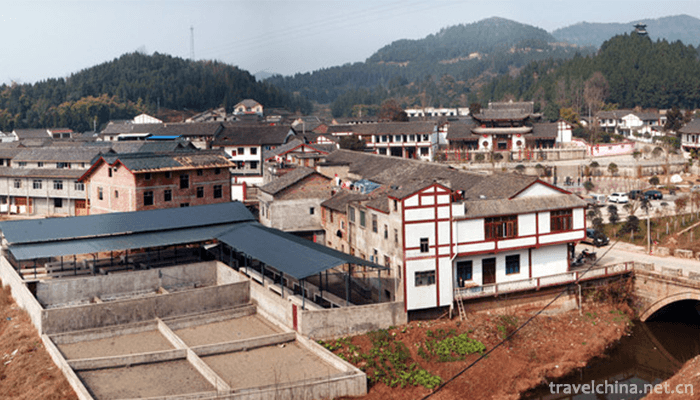

Langzhong Tiangong Courtyard Fengshui Cultural Scenic Area
-
The Chongsheng Temple And The ThreePagoda
The Three Pagodas of Chongsheng Temple are situated 1.5 kilometers northwest of Dali ancient city
Views: 195 Time 2018-10-17 -
Chess cake
Chess cake is a special product of Tangshan District in Hebei Province. It is named for its shape like a small drum and a chess piece
Views: 191 Time 2018-11-27 -
Beijing Hangzhou Grand Canal Museum
The Beijing-Hangzhou Grand Canal Museum of China is located on the south side of the Canal Cultural Plaza in Gongshu District, Hangzhou City, Zhejiang Province, adjacent to the Gongchen Bridge, the te
Views: 244 Time 2018-12-22 -
Mawei Shipping Museum
The Mawei Shipbuilding Cultural Heritage Group in Fuzhou is centered on the Chinese Shipbuilding Cultural Museum, including Zhongpo Battery, Zhaozhong Temple, British Consulate
Views: 246 Time 2019-02-06 -
Nanjing White Bureau
Nanjing Baiju is an ancient type of music in Nanjing area. The "Nanjing tune" in the Yuanqu brand is the original tune of Baiju's ancient tune. It has a history of more than 700 years. It wa
Views: 137 Time 2019-06-07 -
Qixi Festival
Qixi Festival, also known as Qiqiao Festival, Qijie Festival, Daughter's Day, Qiqiao Festival, Qiniang Club, Qiaoxi Festival, Bull Bull Mother's Day and Shuangqi Festival, is a traditional Chinese fes
Views: 270 Time 2019-06-09 -
Bronze drum dance
Tonggu dance is one of the most popular and influential ancient dances among the Zhuang and Yi people in Wenshan Zhuang and Miao Autonomous Prefecture of Yunnan Province. It is distributed in Zhuang a
Views: 109 Time 2019-06-21 -
Uygur Dastan
Uygur Dastan is a kind of Uygur singing and playing music. It is a kind of long narrative poem with rap and singing. It is a long poem with complete stories and characters. It is a folk art form with
Views: 148 Time 2019-06-26 -
Firing Techniques of Zibo Ceramics
During the Wei, Jin, Southern and Northern Dynasties, Zibo began to produce porcelain. During the Tang and Song Dynasties, the technology of making porcelain was constantly improving. During the Ming
Views: 221 Time 2019-08-16 -
Han Yu
Han Yu (768 - 824 December 25th) retreated. Henan Heyang (now Henan Province Mengzhou People. Claiming to be "Changli," the world is called "Han Changli" and "Mr. Changli"
Views: 169 Time 2019-09-07 -
A city with a fire by one Cold thinking behind Ding Zhen hot
With the popularity of microblogging for nearly seven months, the popularity of microblogging has been created for a long time. At the same time, the hometown of Ding Zhen, Litang County, Ganzi Tibetan Autonomous Prefecture, also ushered in several times the search volume and real gold and silver tourism orders.
Views: 100 Time 2020-12-07 -
Notice for visiting Chengdu Giant Panda Base
Please don't make any noise. Don't make any abnormal or sharp sounds, which will disturb the wild animals. Giant pandas and other animals naturally like quiet environment and are sensitive to noise. In order to ensure the effect of your visit, please respect their living habits and keep a quiet environment.
Views: 100 Time 2020-12-13
